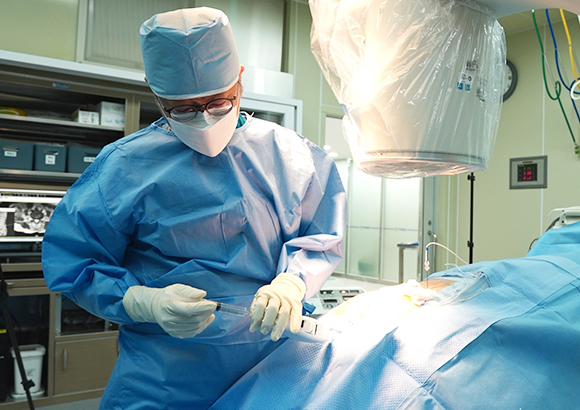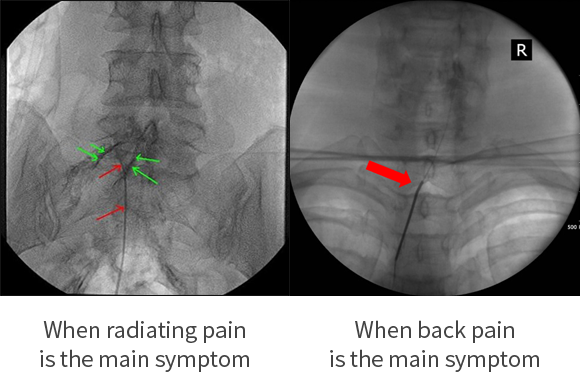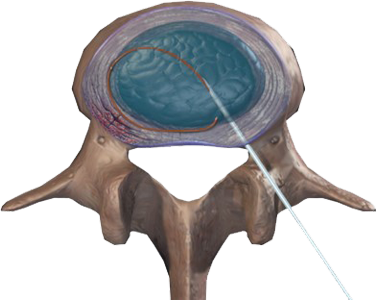You can be accurately diagnosed by a thorough examination using advanced equipment and consultation by experienced doctors of Wooridul Spine Hospital.
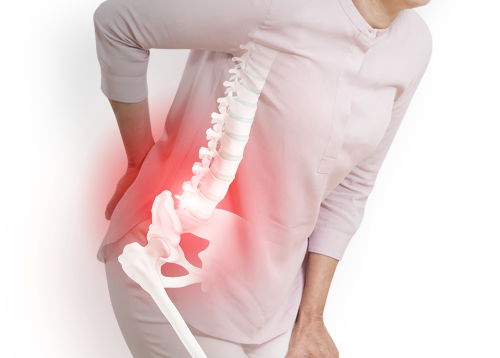
Neurosurgically your Back Pain
is caused by various diseases such as Sprain, Disc Bulging/Herniation, Foraminal Disc Herniation, Degenerative Disc Disease, Spinal Stenosis, Spondylolisthesis, Spondylolysis, Fracture, Facet Cyst, Tumor, Scoliosis, etc.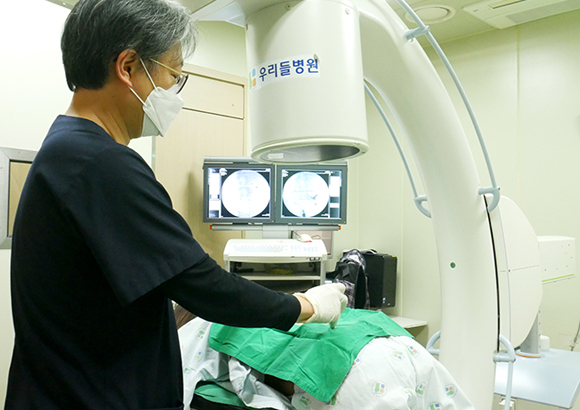
Injection therapy using x-ray images of the vertebrae
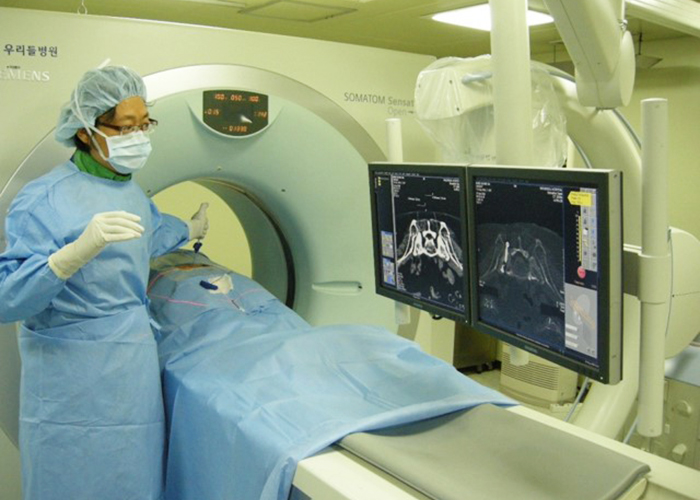
The treatment method introduced for the first time in Korea by the doctor of Wooridul Spine Hospital
CT-image Guided Spine Micro-Therapy
It is a non-surgical pain treatment that does not require an incision to the spinal nerves, discs, ligaments or joints surrounding the nerves.